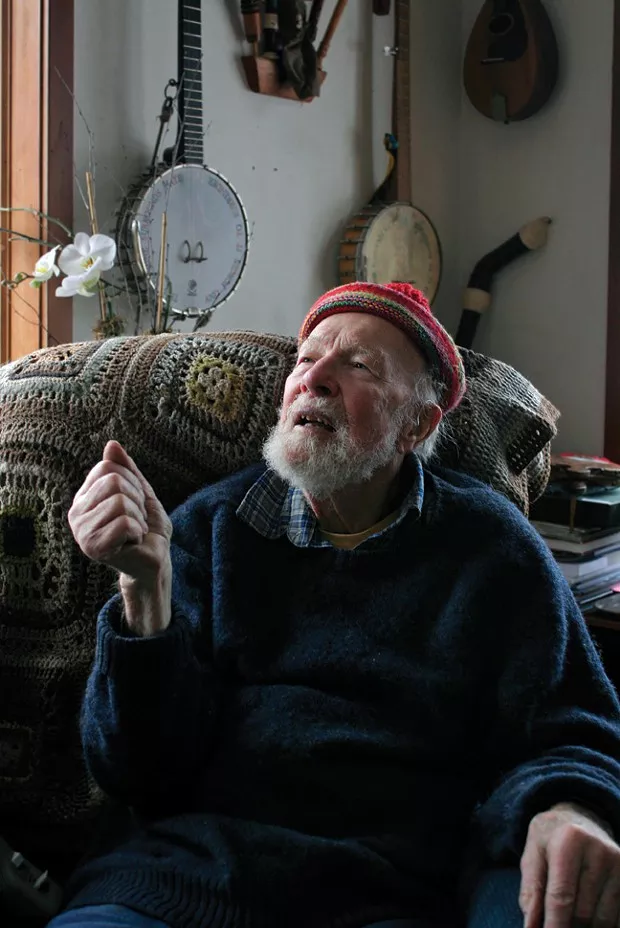

Not just through his books but also through his sheer force of presence, Seeger became a model for younger folk musicians. It's sort of quick, it's got a little diagram, 'Here's how you do it.' But it's great. "It's not a thick book but it's thick stuff. He says the paperback, which is chock-full of chords and techniques, is a challenge. Seeger's grandson Tao Rodriguez Seeger plays banjo and performed with his grandfather. Seeger, not surprisingly, saw a larger purpose: "Bringing these people together, all these people, is the essential thing, and this is what the Clearwater almost miraculously has started to do on the Hudson," he said.įor all of his social activism, Seeger said more than once that if he had done nothing more than write his slim book How to Play the 5-String Banjo, his life's work would have been complete.

Politicians and polluters had to take notice. Upset at the filth clogging the Hudson River near his home, he spearheaded the building of the Sloop Clearwater, which volunteers sailed up and down the Hudson. In 1968 he went local, but, of course, in a big way. As he told NPR in 1971, "Sometimes I think that old saying,'The pen is mightier than the sword.' Well, my one hope is the guitar is gonna be mightier than the bomb." Seeger sang and marched nationwide for civil rights and against the Vietnam War. But his commitment to political and social causes never waned. He co-founded and wrote for Sing Out, one of the first and most important magazines to grow out of the folk revival. His wife, Toshi, managed his affairs and raised their children in the cabin they had built in Beacon, N.Y. Shut out of the big gigs, he played coffeehouses, union halls and college campuses to support his family. He was held in contempt and nearly served a jail sentence before charges were finally dropped in 1962 on a technicality.īut his troubles with Congress finished The Weavers as a major touring and recording group, so Seeger went out on his own again. Seeger refused to answer questions before Congress in 1955 about his political beliefs and associations. If The Weavers hit an emotional and cultural sweet spot in postwar America, the Red Scare quickly soured it. Other hits followed, including "On Top of Old Smokey," "So Long (It's Been Good to Know You)" and "Wimoweh." The Weavers' version of Leadbelly's "Goodnight Irene" hit the top of the pop charts in 1950. People absorbed his passion and his ideals," Gilbert says. He was a passionate person, and that was what people saw. everybody got it, everybody got his passion for music, his passion for being on the stage, making people sing, having people listen to each other's music. Alone on a stage in front of thousands of people. "You got the sense that he was saying and singing way beyond the moment that he was in, the place that he was in.


 0 kommentar(er)
0 kommentar(er)
